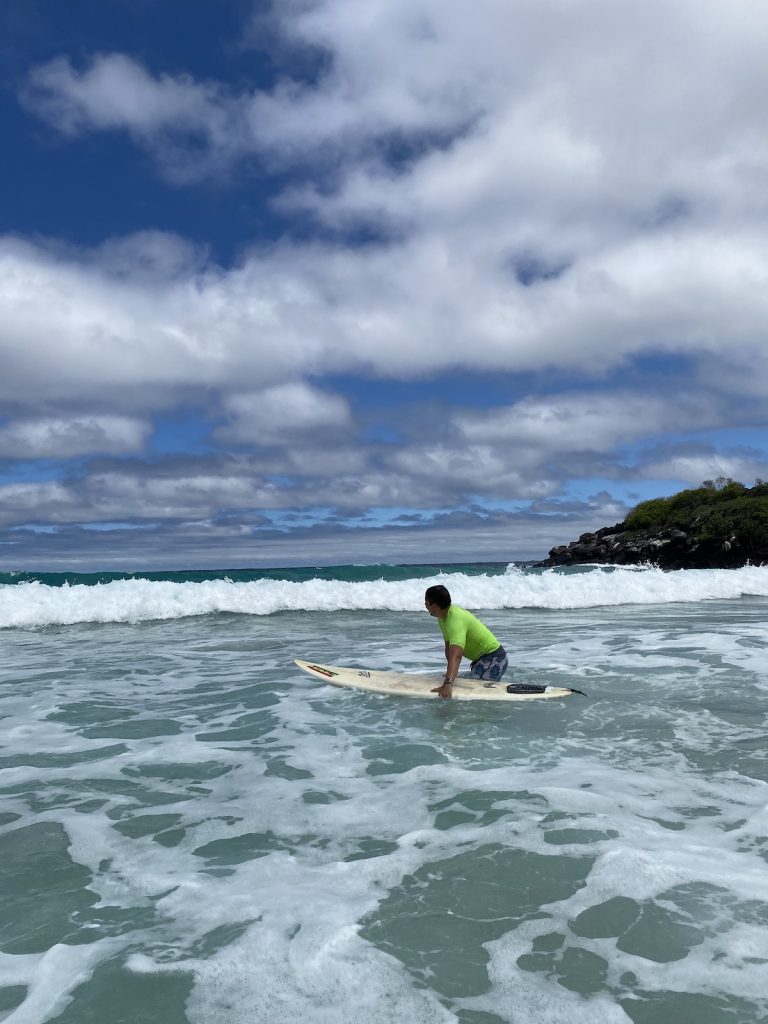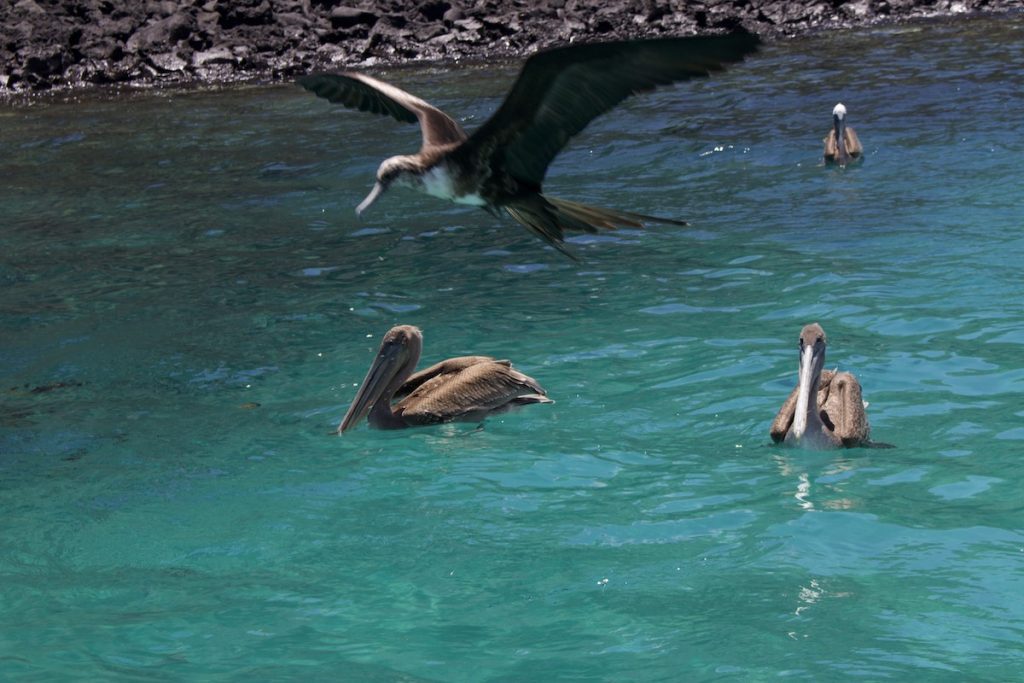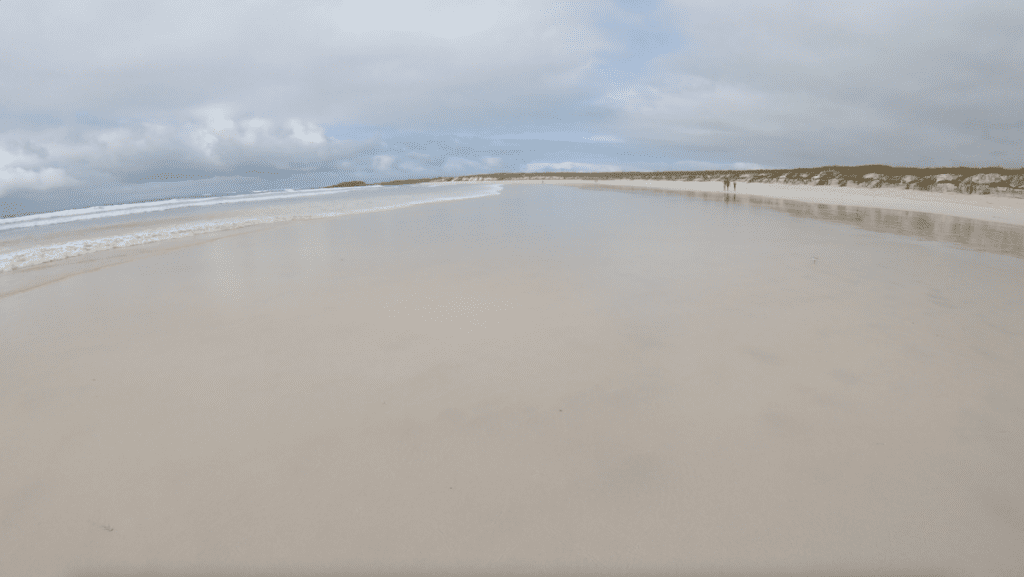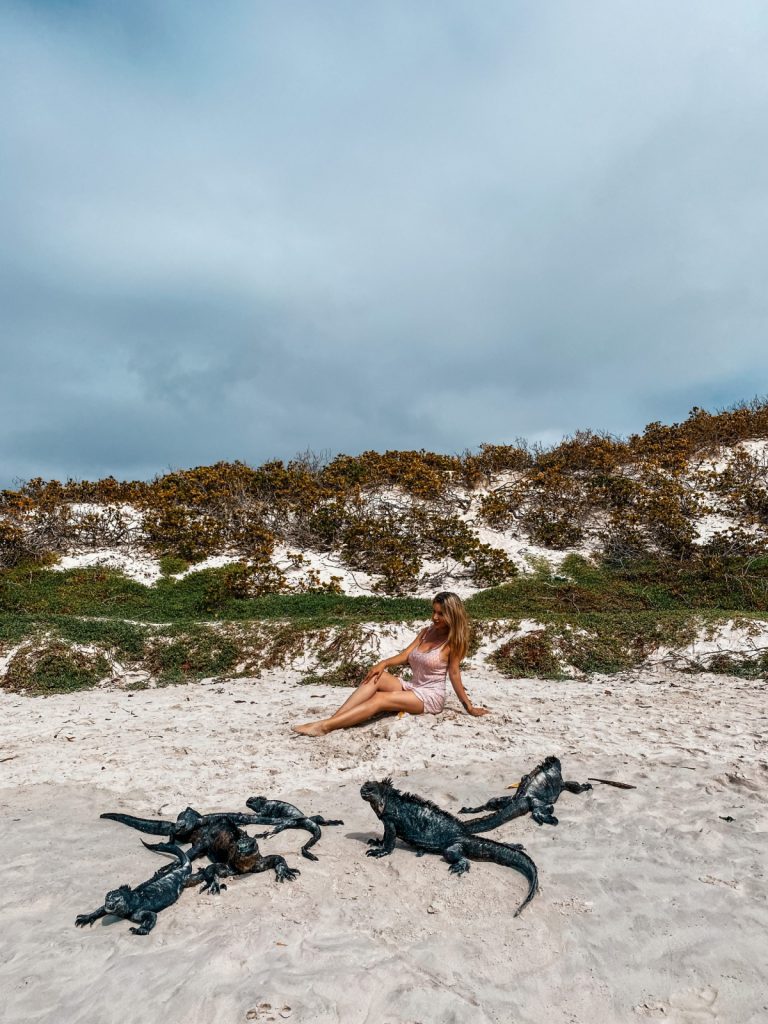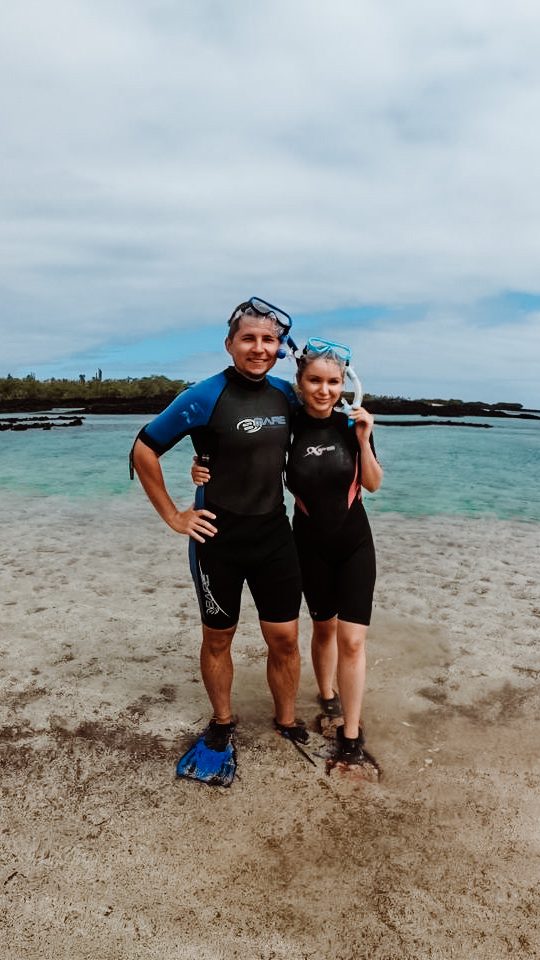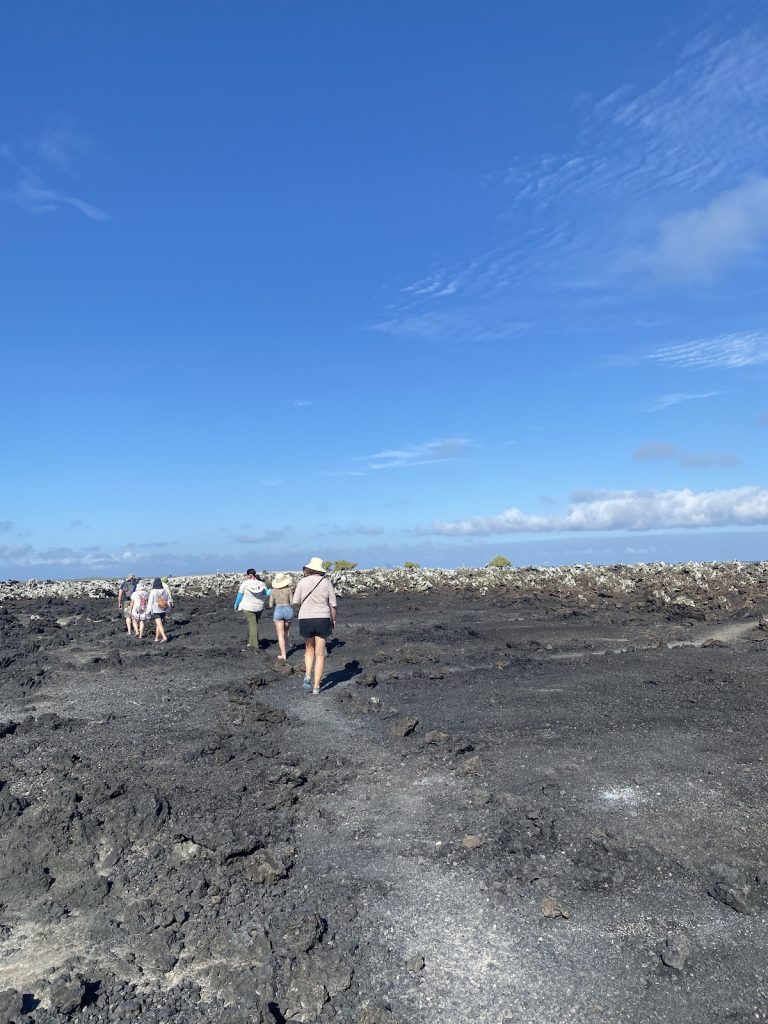March is one of the warmest months in the Galapagos, both on land and in the water. With northern and southern swells rolling through, it’s also one of the best times for surfing, attracting wave-seekers from all over.
The islands’ natural beauty truly shines in March, offering plenty to see and do across the archipelago. Many bird species are in their breeding season, so you’ll have the chance to witness waved albatross and male frigate birds putting on vibrant displays to attract mates.
Toward the end of the month, the Holy Week festivities add an extra layer of excitement, with parades, delicious food, and a lively atmosphere. Read on to learn more about visiting the Galapagos in March in this in-depth travel guide.
Looking back, visiting in March offered unique advantages – from fewer crowds to special wildlife sightings, despite some rain. Skip the uncertainty I faced and get a FREE personalized Galapagos trip quote from my trusted local experts who know exactly how to maximize your experience during this quieter season. Your booking helps support both this blog and local Galapagos communities.
Plan perfect trip to Ecuador & Galapagos
I spent countless hours researching everything about traveling to Ecuador, and I created this blog for fellow travel enthusiasts who want the best, most reliable information. But if you want to save time, we’ve partnered with the top local agency to plan your dream trip.
Galapagos in March: A Quick Glance
- Air temperature: 25-31°C / 77-88°F
- Sea temperature: 76°C / 24°C
- Average rainfall: 5.1cm / 2in
- Rain: Intermittent rain showers
- Clear skies: 5-7 hours
- Wind force: 1-4
- Underwater visibility: approx 10-30m
- Flora: Green vegetation fades to purple, red, and orange
- Fauna: Mating season for many animals, Waved albatross return to the islands for summer
Galapagos in March: Wildlife
At this time of year, other nesting birds in the Galapagos islands include:
- Penguins
- Frigate birds
- Flightless cormorants
- Greater flamingos
Galapagos in March: Tourist Crowds
March is one of the quieter months in the Galapagos, making it a great time for budget-friendly travel with lower hotel and airfare rates. If you’re looking for a good deal, this is definitely the month to go.
As Easter and spring break near toward the end of the month, prices might start to increase, but early March remains a great time for affordable travel. For those who prefer fewer crowds, visiting during the first to mid-March is ideal. Despite being part of the rainy season, there’s still plenty to explore, and the added solitude only enhances the experience, allowing you to connect more deeply with the islands.
Galapagos in March: Weather
Galapagos in March: Activities
Bottom Line
March offers some unique advantages for visiting the Galapagos Islands. If you don’t mind a bit of rain and warmer temperatures, this month can be a fantastic opportunity to find discounted rates on Galapagos cruises or land tours.
With the warmer weather, snorkeling is especially enjoyable due to the inviting water temperatures. And if luck is on your side, you might even catch a glimpse of the waved albatross returning to Española Island.
Ultimately, whether March is the best time for you to visit depends on your interests and what you’re hoping to experience. For those who love wildlife, warmer seas, and a quieter atmosphere, March can be a truly rewarding time to explore the Galapagos.
Plan perfect trip to Ecuador & Galapagos
I spent countless hours researching everything about traveling to Ecuador, and I created this blog for fellow travel enthusiasts who want the best, most reliable information. But if you want to save time, we’ve partnered with the top local agency to plan your dream trip.


